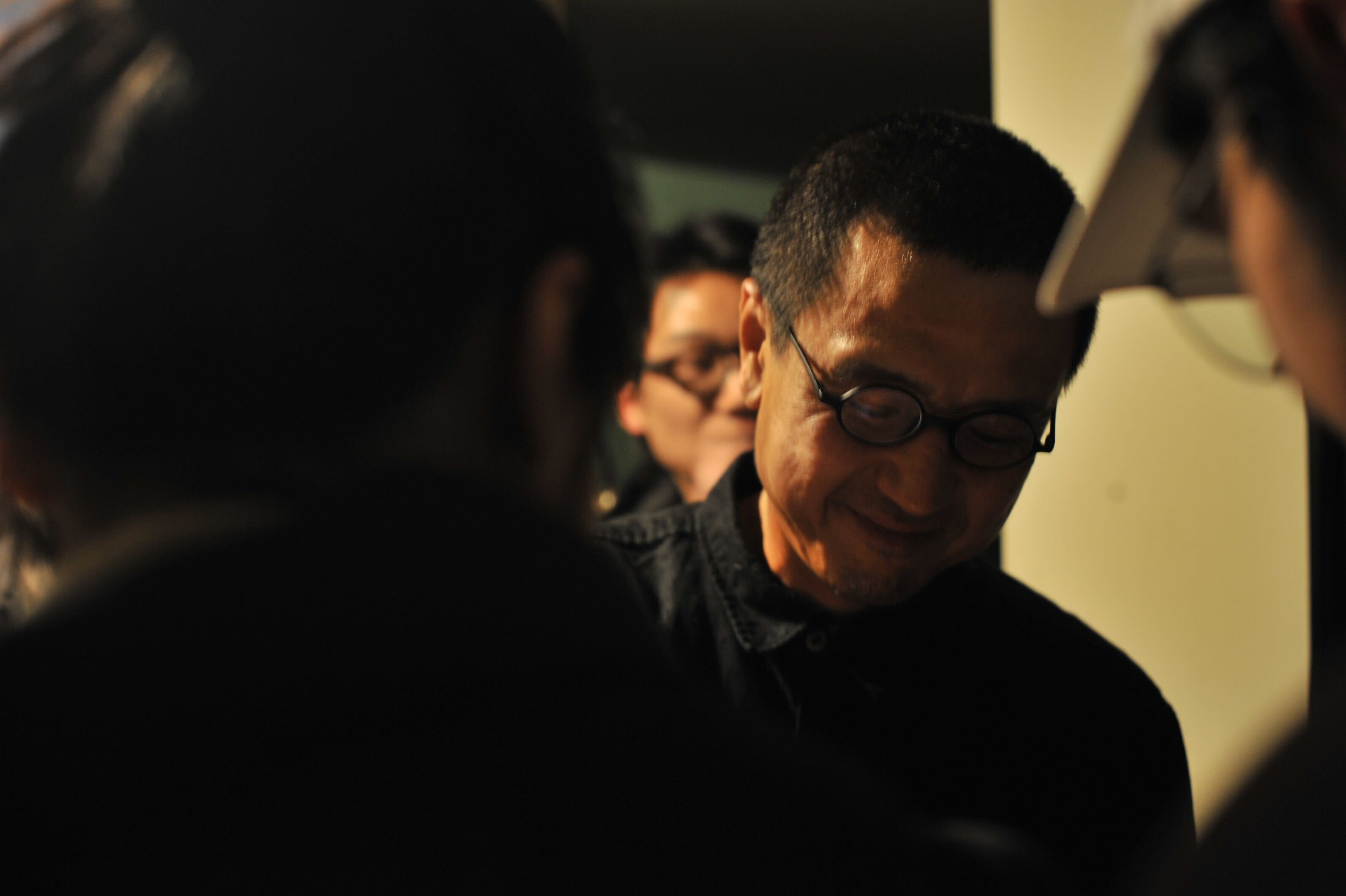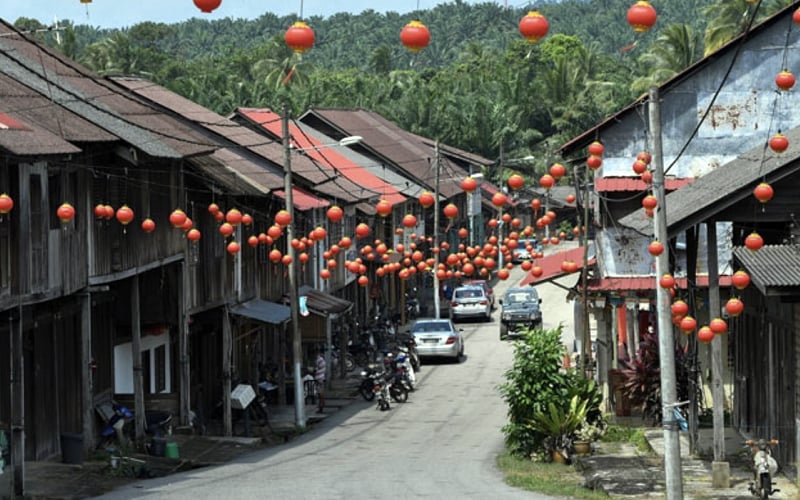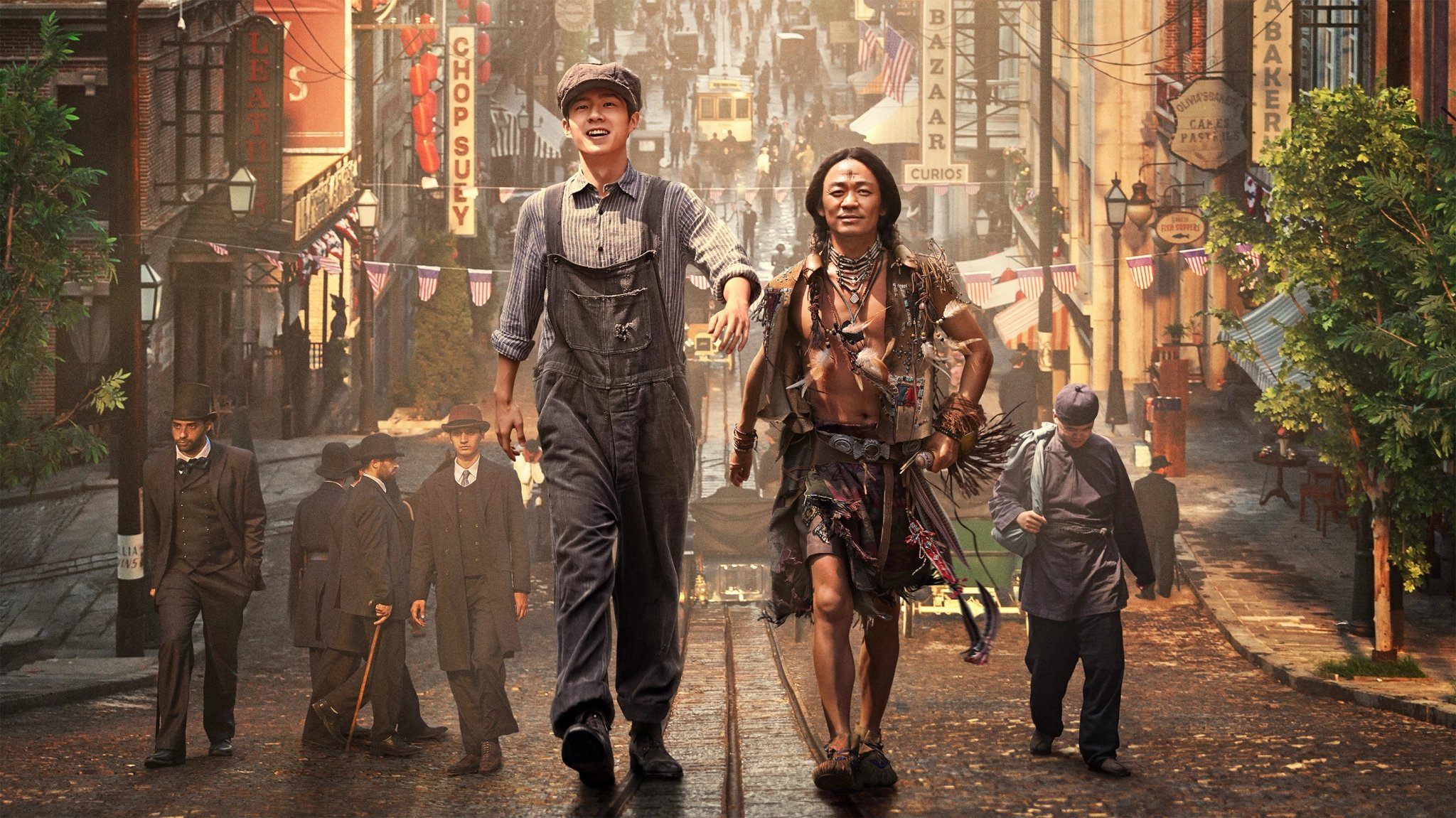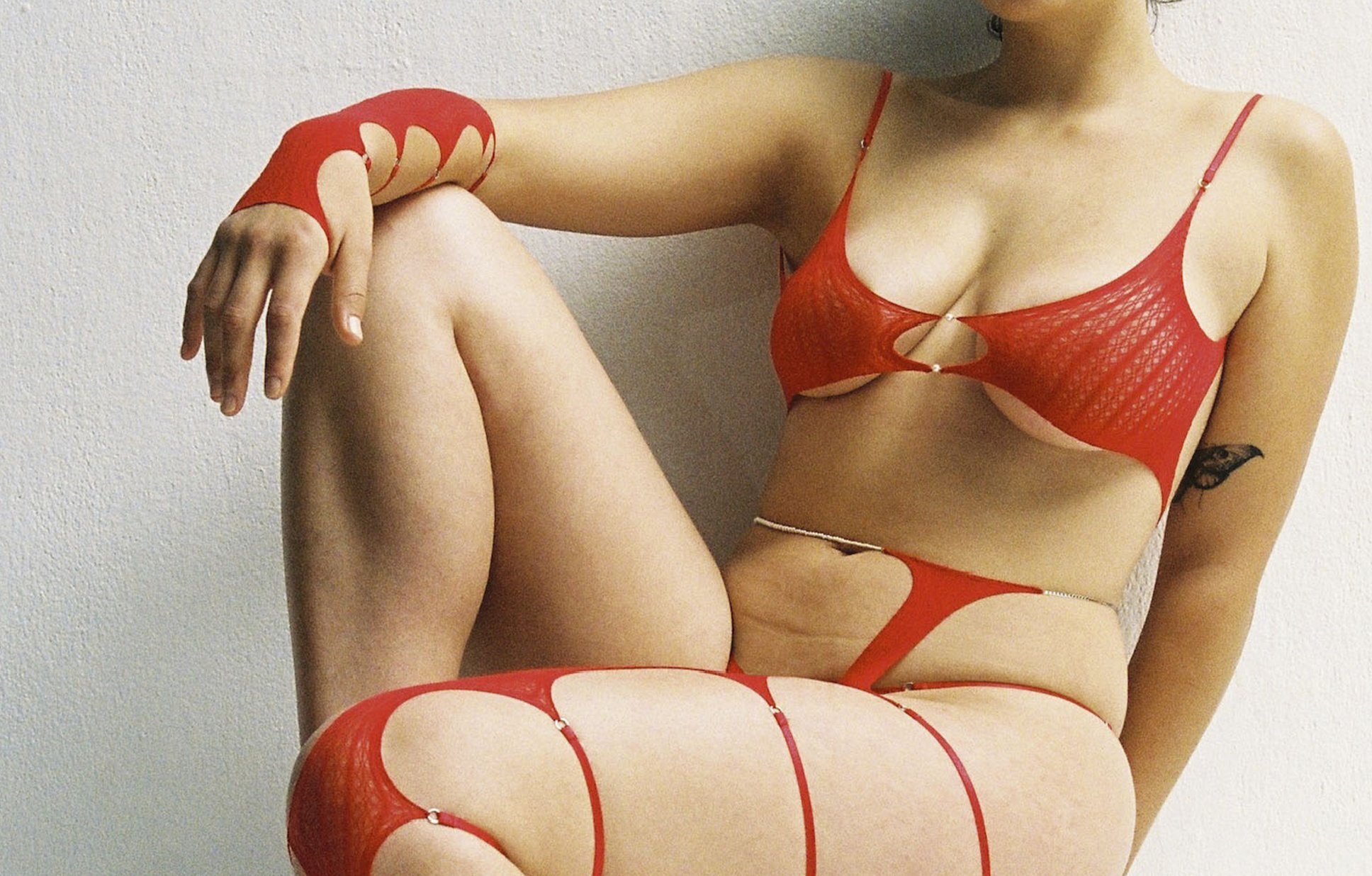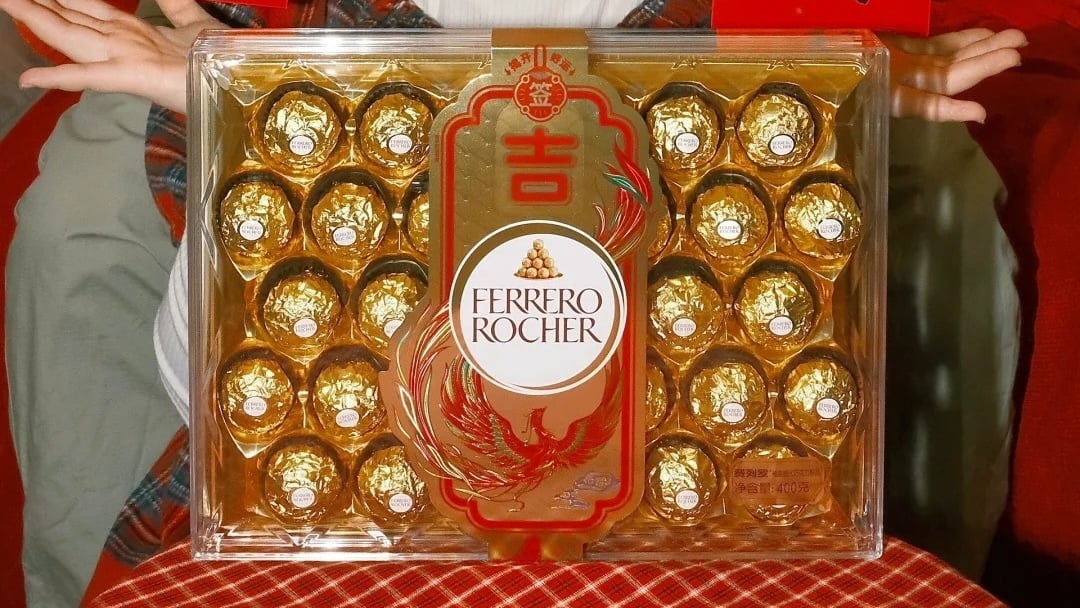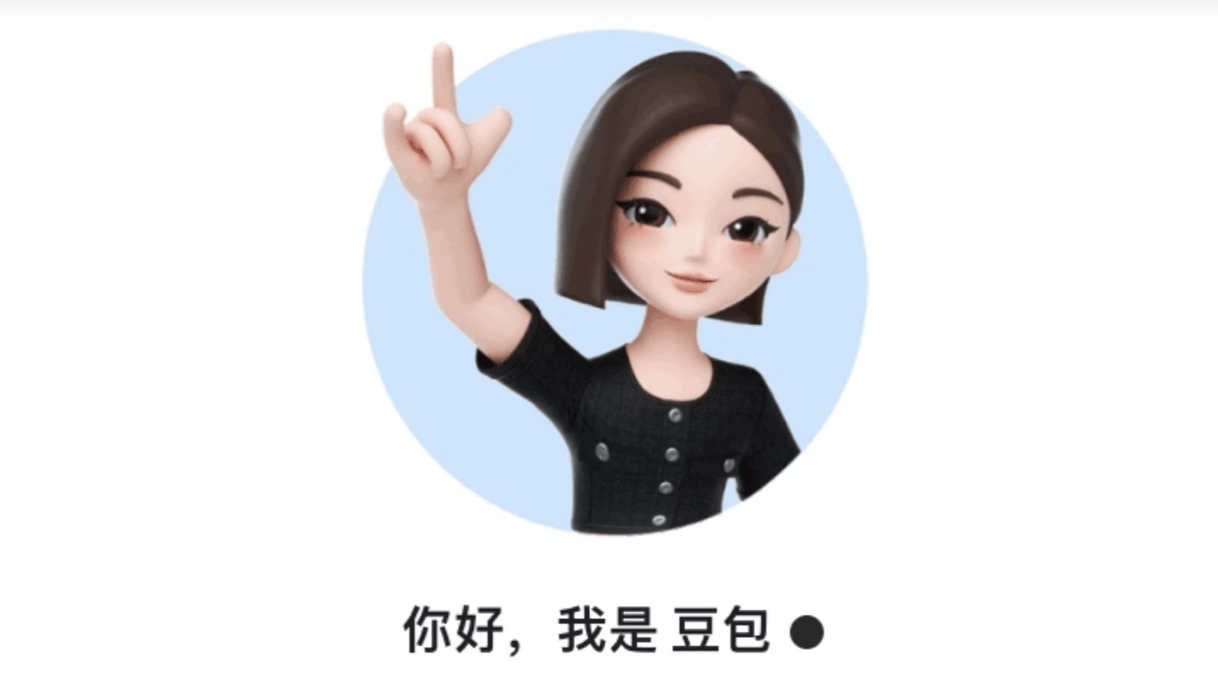In the 1840s, British artillery cracked open the Qing Dynasty, and Shanghai became one of China’s first commercial ports. Naturally, a novel vocabulary was coined to label things in this new world, and the Shanghainese dialect, one of the hundreds of dialects in China, experienced rapid modernization.
In the 1920s, the development of modern Chinese literature was a powerful spur that helped the Shanghainese dialect enter its golden age of growth. Writers in Shanghai translated scores of English words, which were spread widely in various forms of local print media at that time. Some of them were fully absorbed into Mandarin.
Words starting with the character ‘yang’ (洋) are among these newly created words, and many words invented at this time combine yang with one or two other characters.
The character yang alludes to Western imports, while the characters after generally stand for existing things in the Chinese world. According to the Shanghai Dialect Dictionary (SDD), ‘Yang X’ means “a person, an object, or a situation that originated in the West while resembling an existing thing in China.”
Culture Shock
The majority of such words are nouns; yangren (洋人), meaning ‘foreign people,’ is an obvious example. The SDD divides such vocabulary into two categories of ‘Yang X.’
The first category refers to imported goods with local counterparts. For example, premodern coins in Shanghai were mainly made of copper and were called tongtian (铜钿), which literally means ‘bronze coins.’ However, when the West introduced silver currency to Shanghai, the locals began calling it yangtian (洋钿), meaning ‘coins from the West.’
Many comestibles belong to this category as well. As shanyu means ‘sweet potatoes’ in the Shanghai dialect, Shanghainese call potatoes ‘yangshanyu’ (洋山芋).
Before celery came to China, the locals mostly ate qin (芹), a similar vegetable with thinner leaves. As you might have guessed, celery came to be named ‘yangqin’ (洋芹).
There is also yangcong (洋葱), which means ‘onion,’ and yangjiang (洋姜), which means ‘artichoke.’ Their Chinese counterparts are cong (葱), meaning ‘scallions,’ and jiang (姜), aka ‘ginger.’
New Material World
This first category also encompasses household objects. Shanghainese can readily come up with many examples, such as yangpen (洋盆), which means ‘basin from the West,’ yangyou (洋油), or ‘oil from the West,’ and yangding (洋钉), or ‘nail from the West.’
Nowadays, many of these objects are obsolete and can only be found in museums or antique shops. As a matter of course, their descriptors are fading away.

Nevertheless, these items, which bear practical value and rich cultural significance, were once an intangible part of the average Shanghainese person’s life. A case in point is yangpen, a kind of enamel basin. An indispensable item on any dowry list, it was among other prerequisite materials for a couple from decent family backgrounds to get married.
Even when talking about lazhu (蜡烛), or ‘candles,’ Shanghainese people usually add the character for yang in front of the word. Although the use of candles has been recorded in Chinese historical documents for centuries, many Shanghainese call candles, as we know them, ‘yanglazhu.’ This is because candles were primarily used for lighting at the beginning of modern China, whereas in Western culture, candles have had different uses, including being a part of birthday celebrations and religious activities.
A popular Shanghainese proverb goes, “You are just like yanglazhu — you will not light up without someone’s fire” (侬真是个洋蜡烛,勿点勿亮). This means that a ‘yanglazhu person’ might not be the sharpest tool in the shed, or is too slow and stubborn to take stock of a situation.
Stereotypes in Slang
In the second category of ‘yang X,’ ‘X’ refers to things without similar counterparts in China at the time. For example, yangnannan (洋囡囡) means ‘cute dolls introduced from the West,’ although nannan is usually a slang term for ‘little girls.’
The sudden surge of ‘yang X’ words in the Shanghainese dialect shows that many locals were fascinated by the advanced material civilization from the West after the door to the world opened up.
Some words, such as yangzhuang (洋装, ‘outfit from the West’), yangsan (洋伞, ‘umbrella from the West’), and yangqin (洋琴, ‘instrument from the West’), have retained their positive connotations for decades. Compared with the corresponding local items, traditional Chinese clothing, traditional oil-paper umbrellas, and traditional instruments, these ‘yang’ goods were considered more fashionable and of superior quality.
Shanghainese businessmen who used to struggle to earn a living in the metropolis surely had at least one yangzhuang suit in their wardrobe.
When followed by ‘biesan’ (瘪三), the word yangzhuang takes on a different and negative meaning. In Shanghainese, a biesan is a vagrant who wanders around the city without a proper occupation, and yangzhuang biesan (洋装瘪三) are conmen who wear their only suit all the time, pretending to be rich men.
Therefore, whether or not it was intentional, the dozens of ‘yang X’ words carry cultural stereotypes of the Shanghainese people towards the West at a time when China and the world had just begun to communicate in the 1930s.
From Creek to Cuss Word
In addition to nouns, several adjectives carry the same ‘yang X’ structure.
1. Yangqi (洋气)
In the 1920s through the 1930s, a yangqi individual was someone who always adhered to Western fashion or who aspired to lead a similar lifestyle as a foreigner. Nowadays, the term applies to anything that is highly coveted.
2. Yangpan (洋盘)
A yangpan person cannot distinguish counterfeit from genuine articles because they are only laymen. The term also applies to the inexperienced or gullible.
3. Yangtaotao (洋淘淘)
This expression describes a careless or sloppy person who is indifferent to a task at hand.
4. Yangjingbang (洋泾浜)
Deserving a longer explanation, Yangjingbang was originally a tributary of the Huangpu River. During the Ming and Qing dynasties, the river was located just outside the north gate of Shanghai county. After Shanghai opened up, the Yangjingbang just so happened to lie right in the middle of the newly established British and French concessions, which served as the base of many expat businesses.
While many Chinese employees picked up English while at work, most of them spoke broken English and converted Chinese to English word by word. The Shanghainese called their new language ‘yangjingbang.’
The Yangjingbang waterway was filled up and turned into a road in 1915, which was named after Edward VII, the King of Britain. Today, it is known as Yan’an East Road. It is a perfect example of how modern Shanghai’s roads were initially formed over rivers and streams, which led to the contemporary layout of the city.
Yangjingbang is still an extensively used expression in the Shanghainese dialect. The adjective can either mean someone who speaks the local dialect improperly or an uneducated person who speaks broken English.

As we can see, the above adjectives convey local stereotypes of foreigners. Save for yangqi, the other three aren’t exactly flattering.
This can presumably be pinned to locals’ negative impressions of foreigners after droves of businessmen and merchants descended on Shanghai. After all, it was the foreigners with their alien languages and appearances who were speculating in markets and chasing wealth. As a form of self-defense, the Shanghainese, who felt maltreated by the newcomers, naturally developed stereotypes against the unusual, the unfamiliar, and the powerful.
Cover image designed by Zhuohan Shao
